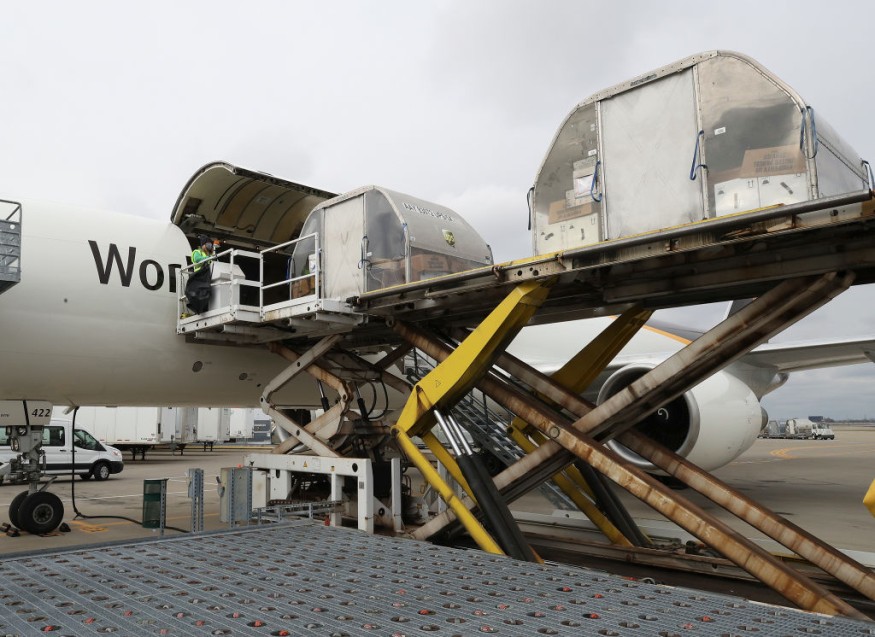
To cater to the customer requests for shorter delivery periods, air freight carriers have boosted their capacity which resulted in a rise of greenhouse gas emissions by 25% since 2019.
Air freight operators made around 300,000 more flights in 2023 compared to 2019 which increased the flight volume to almost 30%.
Flying More Planes
In the research of the climate policy organization Stand.Earth, the United States is responsible for 40% of the greenhouse gas emissions from air freight globally.
Accordingly, just three operators-FedEx, UPS, and Amazon Air-were the sources of 50% of domestic air freight emissions in the United States and more than 27% of the industry's carbon emissions worldwide in 2023.
"Today, air freighters are flying more planes, from more places, more often," Stand.Earth said in its report.
Air transport plays a substantial role in the greenhouse effect as it emits 80 times more carbon than vehicle road transport or maritime shipping.
The dramatic growth of air freight is attributed by the researchers to new trends in the post-pandemic economy and the unprecedented expectations of e-commerce customers regarding rapid delivery which has set standards for the industry world over.
Traditionally, air freight, before the COVID-19 outbreak, was mainly for valuable luxury items that were sent with incredible speed and delicate items that were easily spoiled. Air freight carrying both non-perishable and lower-value goods recorded an increase speedily which is the outcome of the disorder of the supply chain during the Coronavirus pandemic.
The study identifies two causes for the rise in emissions. Prior to the pandemic, cargo was frequently flown in passenger planes' belly. During the pandemic, consumer demand for international air travel fell, which resulted in an increase in the number of cargo-only aircraft used to move goods. Even if post-pandemic belly cargo emissions have reappeared, this has not decreased.
Threats To Human Health
One of the study's authors, Dr. Devyani Singh, called the expansion a new threat to human health and the climate and advised air freight businesses to stop reliance on air cargo and shift to lower-carbon transportation options like rail or marine shipping.
The total amount of air freight emissions by 2023 was 93.8 million tonnes, a 25% increase from 2019. Emissions from belly cargo have returned to levels that are about 90% of those from 2019.
A study released last year, the number of parcels sent worldwide annually would rocket from 315 billion in 2022 to 800 billion by 2030.
It was also observed that the industry matured quickly. For instance, Amazon recorded a 13% increase in revenue from the first quarter of 2023 to the first quarter of 2024.
Experts see that the demand for the air freight industry will not decrease in 2024, as shippers who don't want any disruptions from the current situation in the Red Sea have to decide between taking a long sea route around Cape of Good Hope in Africa or use an alternative means of transportation.
According to freight analytics platform Xeneta, air cargo spot rates for the Middle East and Central Asia to Europe corridor surged 110% year over year in May due to a 12% rise in demand.
Related Article : Climate Change May Affect the Way Airplanes Fly Due to Turbulence
© 2025 NatureWorldNews.com All rights reserved. Do not reproduce without permission.





